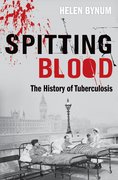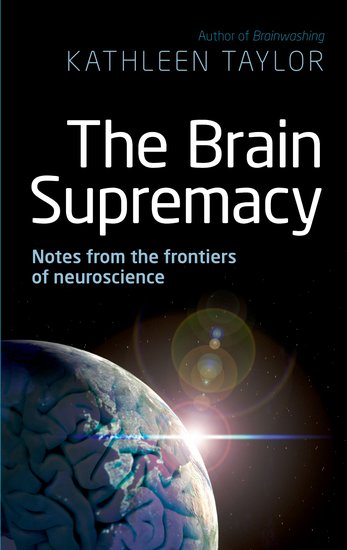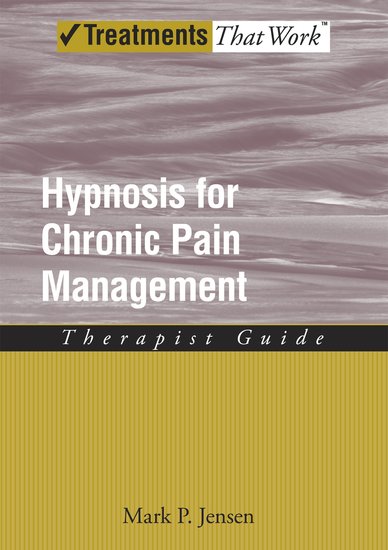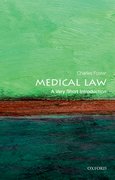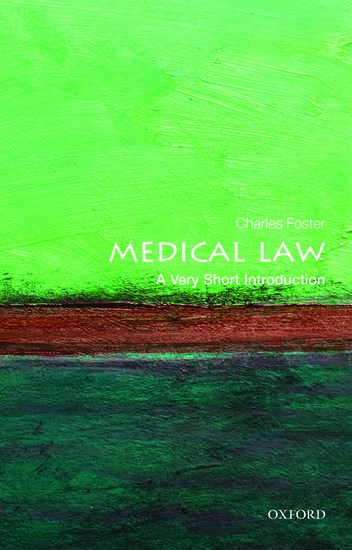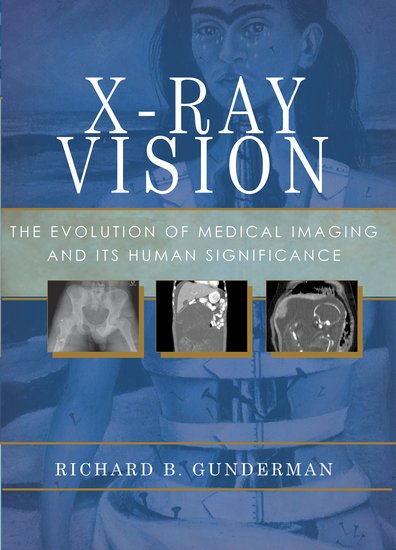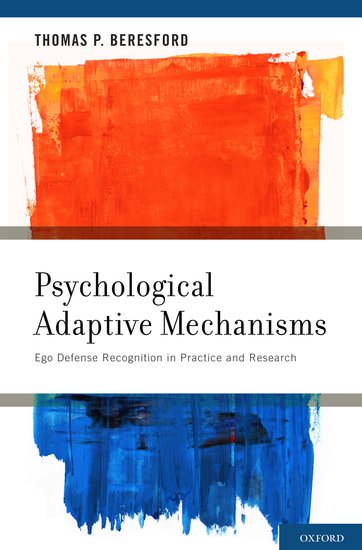The 10th anniversary of the mapping of the human genome
By Robert Klitzman
“It’s like Star Wars,” a woman with the Huntington Disease mutation recently told me. This lethal gene had killed her relatives in every generation for hundreds of years, but she could now test her embryos to ensure that her children did not get it. “I don’t understand it all,” she told me, “but the peace of mind is huge.”







